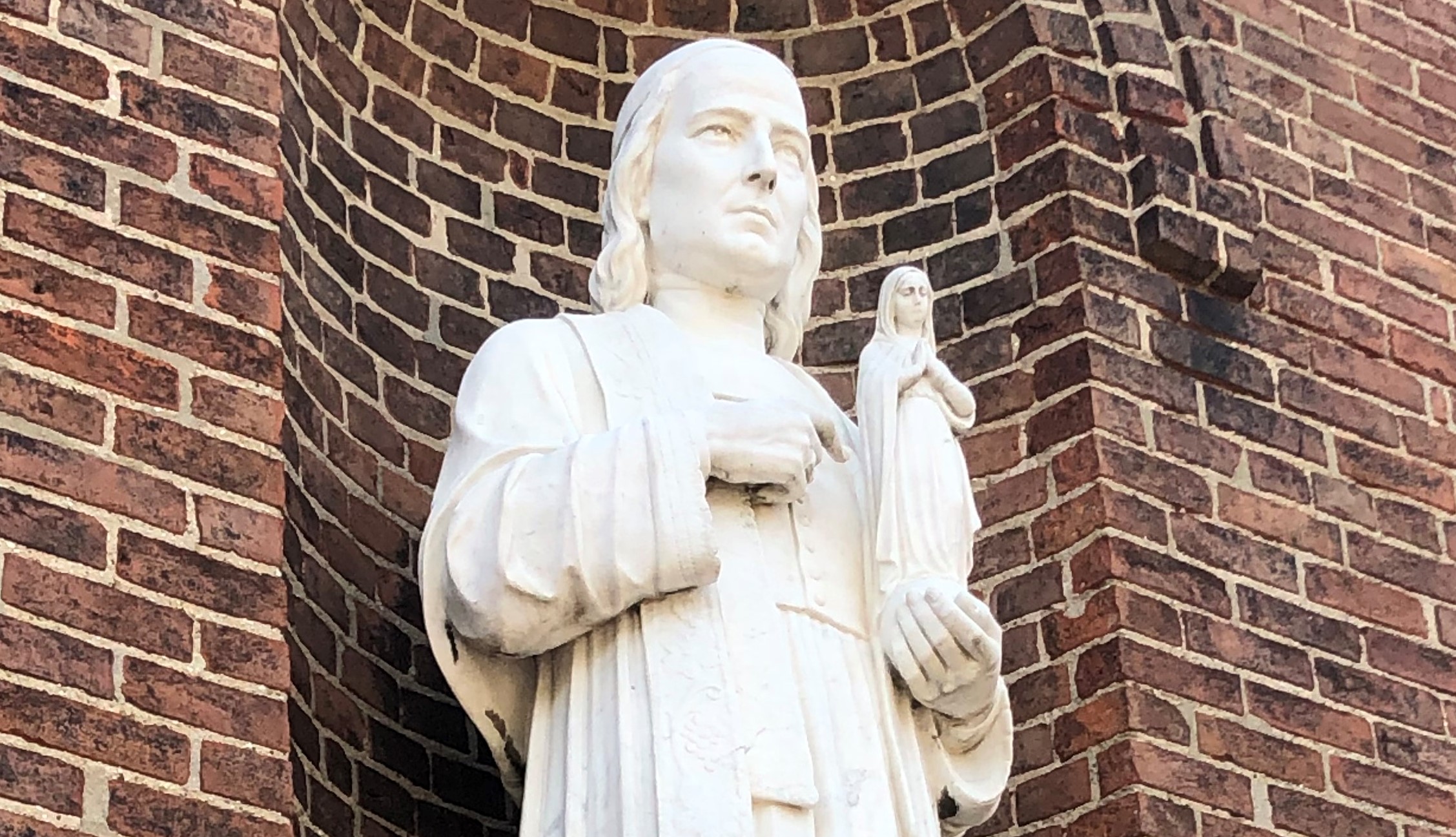Blogs

Dialogue in the Classroom
By Jason Combs
Since we opened our doors in August 2019, the Dialogue Zone has collaborated with a number of faculty to bring dialogue into their classrooms. In one program last fall, a few sections of CMM 100 Principles of Oral Communication came to the Dialogue Zone, and with the help of facilitators, explored three commonly-held positions on immigration in the United States. In another instance, after several weeks of training, multiple student teams from a section of CMM 385 Dialogue, Power, & Diversity facilitated multiple sessions in which students on campus examined specific social identities, such as gender and race, through a process known as “intergroup dialogue.” This semester, students in a section of EGR 374 Sustainable Energy Analysis and Economics came to the Dialogue Zone to participate in a workshop for developing some basic skills for engaging each other in dialogue over the course of the semester. This past month, students in a graduate-level communication course and another at the 400-level participated in a workshop called “Blind Spots and Unconscious Bias,” one of a couple of programs in UD’s inaugural Day of Understanding initiative. UDI 380 Understanding, Respecting, and Connecting: Examining Privilege and Taking Action, a mini-course through which students explore the historical and social implications of diversity and privilege through dialogue, also has made extensive use of the Dialogue Zone.
Dialogue can function as a powerful pedagogical mechanism in a classroom. Dialogue invites students into the educational process as active protagonists who are learning how to engage the world in which they live in ways meaningful to them rather than passive recipients of the information that someone else provides. When students engage each other and the instructor in this manner, rigid distinctions between “instructor” and “student” as roles give way to a relationship in which all who participate interact as co-learners seeking to understand their reality in a new way. Even though differences in expertise on a given subject matter still can exist among participants, each values each other’s experience as being a valid and integral part of an interchange through which learning, both individual and collective, occurs. Burbules (1993) describes this relationship:
Dialogue is an activity directed toward discovery and new understanding, which stands to improve the knowledge, insight, or sensitivity of its participants. This is true even when the roles of the participants do not break out neatly as “teacher” and “student”... Dialogue represents a continuous, developmental communicative interchange through which we stand to gain a fuller appreciation of the world, ourselves, and one another. In some cases, a dialogue might have an intended goal, such as answering a specific question or communicating an already-formulated insight. In other cases, however, none of the participants knows exactly where the dialogue is headed, or whether it will be successful; if one takes a process-oriented view of dialogue and its benefits, this uncertainty can be seen as educationally worthwhile. (pp. 8-9)
Freire (2000) calls this approach “problem-posing” education. In problem-posing education, the teacher helps participants in the dialogue to problematize aspects of their reality that they otherwise might take for granted as immutable, static conditions of the world. Often, such realities have been “frozen” in people’s consciousness through the workings of power in society, such that people cannot envision alternatives. Things are what they are, without any possibility for change. Through dialogue, participants help each other to question the realities that they encounter and to pose other possibilities that otherwise might elude them. In this way, dialogue is a process of empowerment, whereby people exercise freedom, agency, and responsibility for the world in which they live and their place within it.
The Dialogue Zone welcomes collaboration with instructors in thinking about how they might incorporate dialogue into their classrooms. Facilitators can come into instructors' classes and help students to engage in dialogue over key issues relating to the subject matter. For instructors who wish to build their own capacity to facilitate dialogue, the Dialogue Zone can provide training in principles and practices of dialogue that they can incorporate into their teaching. In Fall 2019, the CAP Office sponsored in the Dialogue Zone two workshops for instructors for this purpose. Bringing dialogue into the classroom is advantageous for any instructor, though it is especially key for instructors working in the Diversity and Social Justice track of the Common Academic Program. In a framework that the 2019 Diversity and Social Justice Curriculum Fellows offered to the campus community for refining how faculty and staff approach that element of the curriculum, dialogue figures as a primary skill for students, especially once they reach intermediate and advanced courses in that track.
Instructors who are interested in learning more about how they might incorporate dialogue into their classes are encouraged to contact us in the Dialogue Zone at dialoguezone@udayton.edu.
References
Burbules, N. C. (1993). Dialogue in teaching: Theory and practice. New York: Teachers College.
Freire, P. (2000). Pedagogy of the oppressed (30th anniversary ed., M. B. Ramos, Trans.). New York: Bloomsbury. (Original work published 1970)
